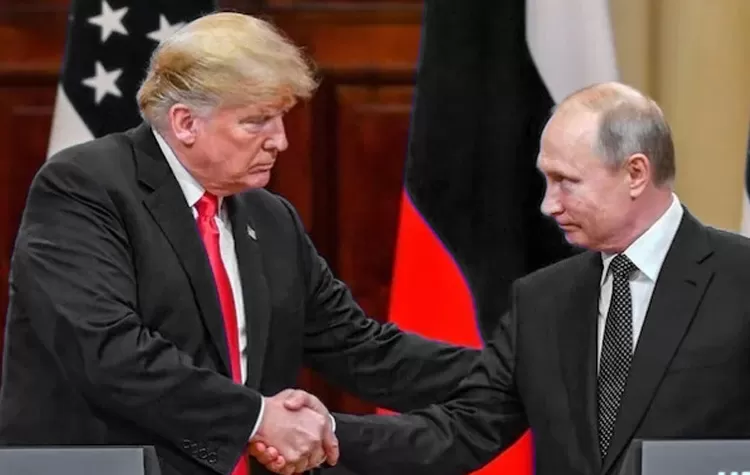
The United States seems willing to accept Russian domination of Crimea as part of a larger peace process to bring an end to the conflict between Russia and Ukraine. The plan involves an immediate ceasefire and has been considered by Ukrainian and European leaders in meetings in Paris. President Donald Trump, according to diplomatic sources, is in favor of the framework and sees it as a feasible move towards the cessation of the current conflict.
US and Russia Negotiate Peace Terms
US Secretary of State Marco Rubio recently had a phone conversation with Russian Foreign Minister Sergei Lavrov to discuss the draft peace framework. The discussion centered on the terms necessary to effect a ceasefire and proceed toward a resolution. A central aspect of the negotiations is the US's willingness to accept Russia's continued control of Crimea, a position previously deemed non-negotiable by Western allies.
Rubio highlighted that President Trump favors the deal and views it as a chance to bring an end to the long-standing conflict. He added that in order for the peace plan to move forward, Ukraine should abandon its demand for territories under Russian control. This includes Crimea, which Moscow annexed in 2014. A truce, Rubio said, would only be possible if Ukraine embraces this territorial realignment as part of the deal.
Diplomatic Encounters in Europe
In recent encounters with European allies, President Trump laid out the draft deal and stressed its potential to end the war. US officials made the offer to European leaders, who were receptive, the State Department said. These encounters have helped establish the foundation for wider international agreement on the terms of peace.
The US is also going to have more talks with Ukrainian and European officials in London next week to tighten the agreement. While the draft being circulated is not final, it has brought forward important ideas, such as a ceasefire and a redrawing of Ukraine's borders. Sources close to the diplomatic efforts suggest that these are being seriously negotiated by all concerned.
Conditions Set by Russia for Ending the War
Russia has presented particular conditions that it deems necessary for a definitive peace agreement. These include Ukraine committing itself in writing not to seek membership in NATO, disallowing foreign military troops from being deployed within its borders, and recognizing Crimea and four other occupied territories as part of the Russian Federation in writing. Moscow maintains that these conditions are non-negotiable if the war is to end definitively.
Military progress continues to shape the negotiations. Russian troops have initiated the offensive to recapture the Kursk area, earlier occupied by Ukrainian forces. These tactical changes have created added pressure on the diplomatic negotiations. Both sides appear to appreciate the need for setting political conditions prior to further escalation of the situation.
Strategic and Economic Aspects of the Pact
Aside from political and security concerns, the draft peace agreement contains economic aspects to stabilize relations in a post-conflict situation. In furtherance of this, the US and Ukraine have signed a memorandum of intent regarding mineral resource cooperation. This is viewed as a strategic step to restore the economy of Ukraine and minimize dependence on foreign aid.
The United States continues to assess its position in the negotiation process. Although optimistic, officials said that any breakdown in negotiations would prompt Washington to re-examine its diplomatic strategy. If negotiations break down, the US said it could walk away from future talks and take a different course of action. The fate now hangs on whether all sides can agree to the terms offered.













